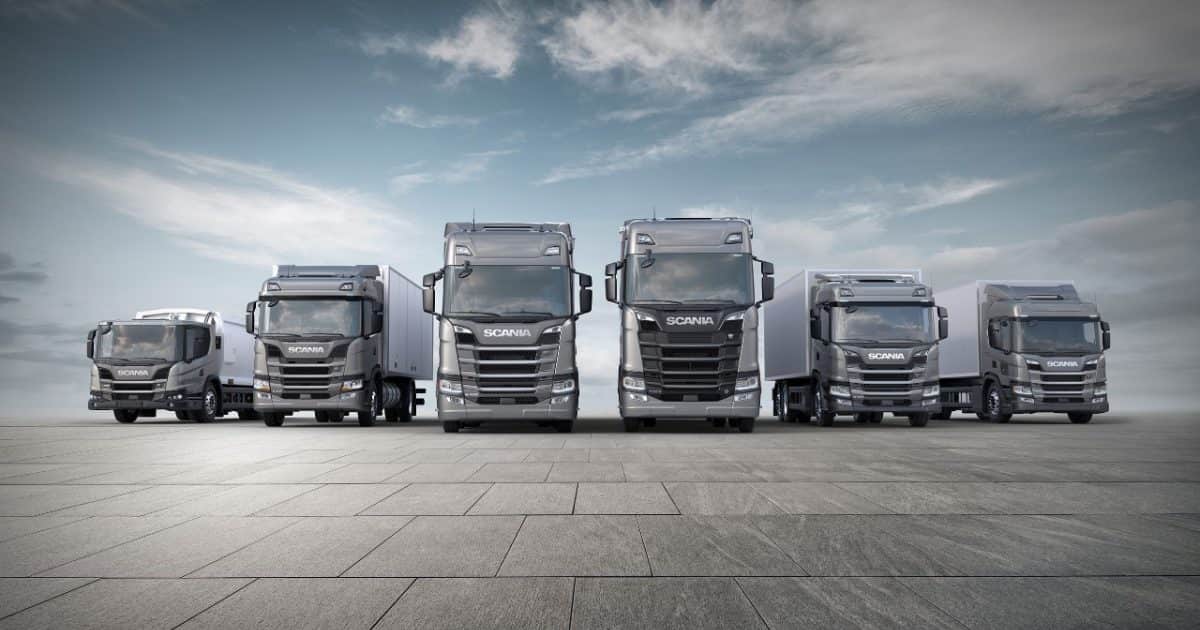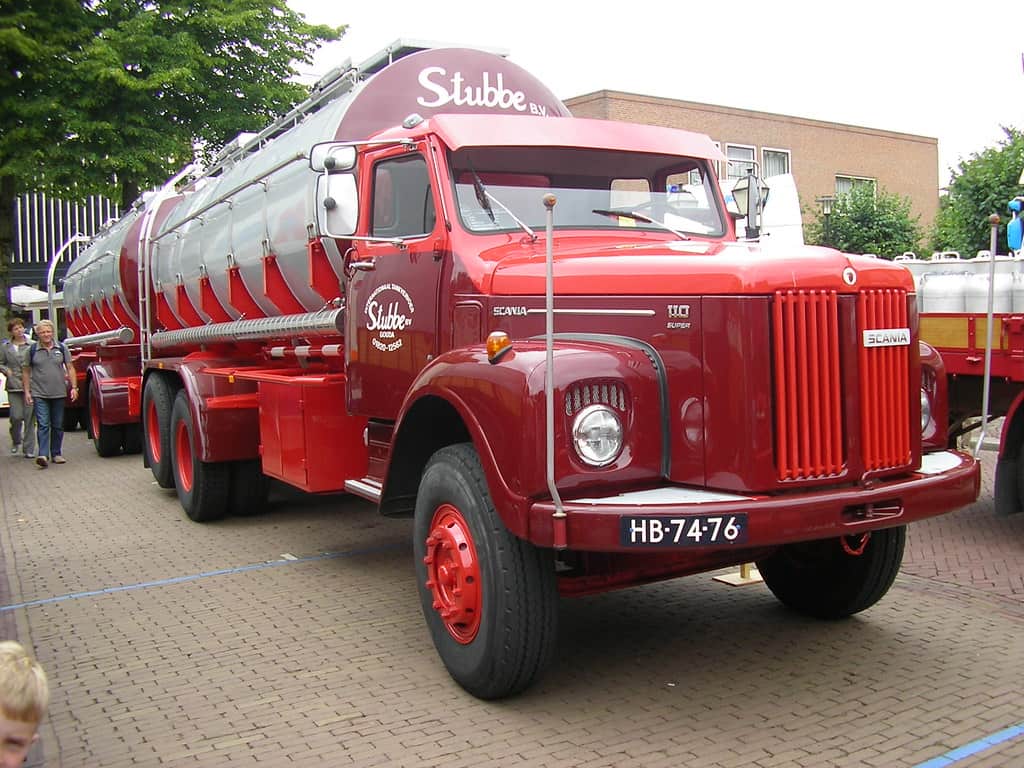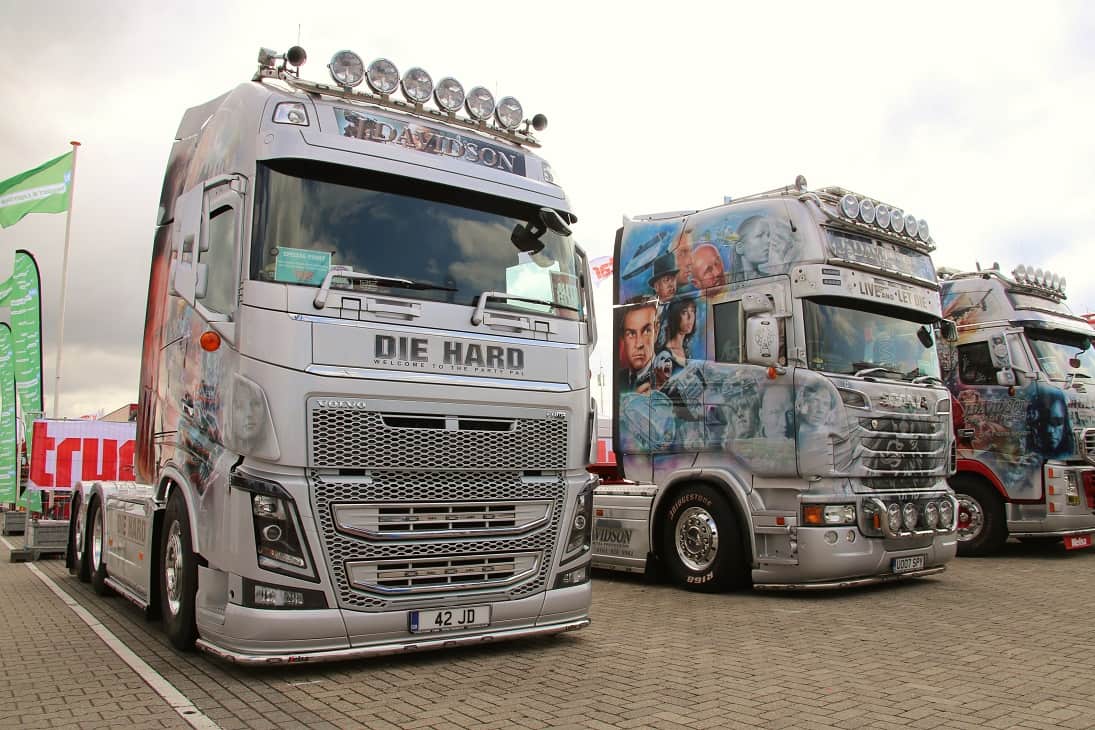29 Apr


Scania AB is a major Swedish manufacturer headquartered in Södertälje, focusing on commercial vehicles—specifically heavy lorries, trucks and buses. It also manufactures diesel engines for heavy vehicles as well as marine and general industrial applications.
Scania was formed in 1911 through the merger of Södertälje-based Vabis and Malmö-based Maskinfabriks-aktiebolaget Scania. Since 1912, the company has been re-located again to Södertälje after the merger. Today, Scania has production facilities in Sweden, France, the Netherlands, Thailand, China, India, Argentina, Brazil, Poland, Russia and Finland.[3] In addition, there are assembly plants in ten countries in Africa, Asia and Europe. Scania's sales and service organisation and finance companies are worldwide. In 2012, the company employed approximately 42,100 people around the world.[3]

Vabis and Maskinfabriks-aktiebolaget Scania
Main articles: Vabis and Maskinfabriks-aktiebolaget Scania
AB Scania-Vabis was established in 1911 as the result of a merger between Södertälje-based Vabis and Malmö-based Maskinfabriks-aktiebolaget Scania. Vagnfabriks Aktiebolaget i Södertelge (Vabis) was established as a railway car manufacturer in 1891, while Maskinfabriks-aktiebolaget Scania was established as a bicycle manufacturer in 1900. Both companies had tried their luck at building automobiles, trucks and engines, but with varied success. In 1910, Maskinfabriks-aktiebolaget Scania had succeeded in constructing reliable vehicles, while Vabis was at the brink of closing down. An offer from Per Alfred Nordeman, managing director of Maskinfabriks-aktiebolaget Scania, to steel manufacturer Surahammars Bruk, owner of Vabis, led to an agreement in November 1910, and in 1911 the merger was a reality.
Development and production of engines and light vehicles were set to Södertälje, while trucks were manufactured in Malmö. The company's logo was redesigned from Maskinfabriks-aktiebolaget Scania's original logo with the head of a griffin, the coat of arms of the Swedish region Scania (Skåne), centered on a three-spoke bicycle chainset. Initially the headquarters were located in Malmö, but in 1912 they were moved to Södertälje.[7][8]

Trucks and special vehicles
Scania develops, manufactures and sells trucks with a gross vehicle weight rating (GVWR) of more than 16 tonnes (Class 8), intended for long-distance haulage, regional, and local distribution of goods, as well as construction haulage.
The 1963 forward-control LB76 forged Scania-Vabis's reputation outside Sweden, being one of the first exhaustively crash-tested truck cabs.
Current
All current trucks from Scania are part of the PRT-range, but are marketed as different series based on the general cab height.
L-series – launched in December 2017. It has an even lower cab than the P-series, and is optimised for distribution and other short-haul duties.
P-series – launched in August 2004, typical applications are regional and local distribution, construction, and various specialised operations associated with locally based transportation and services. P-series trucks have the new P cabs, which are available in several variations: a single-berth sleeper, a spacious day cab, a short cab and a crew cab
G-series – launched in September 2007, the series offer an enlarged range of options for operators engaged in national long haul and virtually all types of construction applications. All models have a G cab, and each is available as a tractor or rigid. The G-series truck comes with five cab variants: three sleepers, a day cab and a short cab. There are different axle configurations, and in most cases a choice of chassis height and suspension
R-series – launched in March 2004, and won the prestigious International Truck of the Year award in 2005 and again in 2010.[31] The range offers various trucks optimised for long haulage. All models have a Scania R cab, and each vehicle is available as a tractor or rigid. There are different axle configurations and a choice of chassis height and suspension. The Scania R 730 is the most powerful variant of the R-series. Its 16.4-litre DC16 Turbo Diesel V8 engine produces 730 PS (540 kW; 720 hp) at 1,900 rpm and 3,500 N⋅m (2,600 lb⋅ft) of torque at 1,000–1,350 rpm.
S-series – launched in August 2016. It is the highest cab Scania has ever built. It features a completely flat floor and a low bed that is extendable up to 100 cm (about 3.28 feet).

!!! Many Thanks to Wikipedia for the Aricle !!!

Leave a Comment